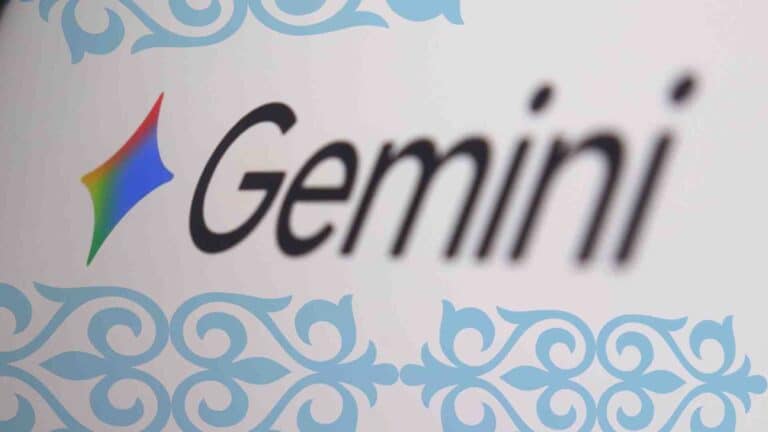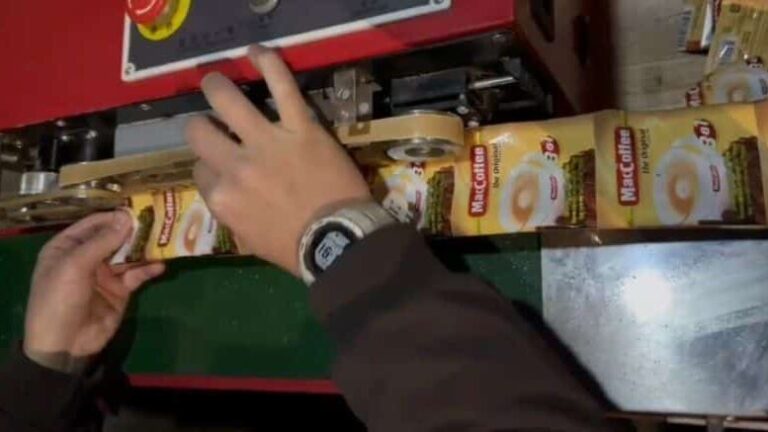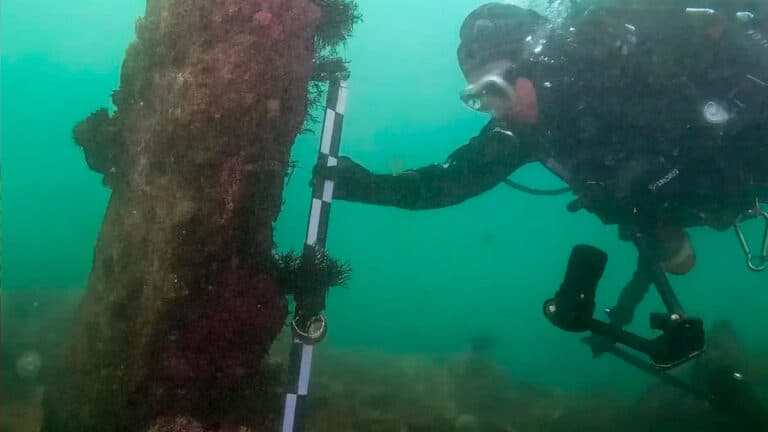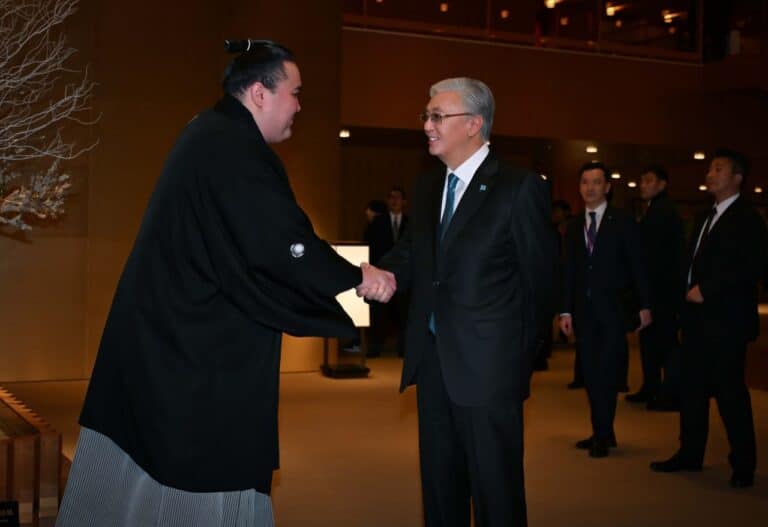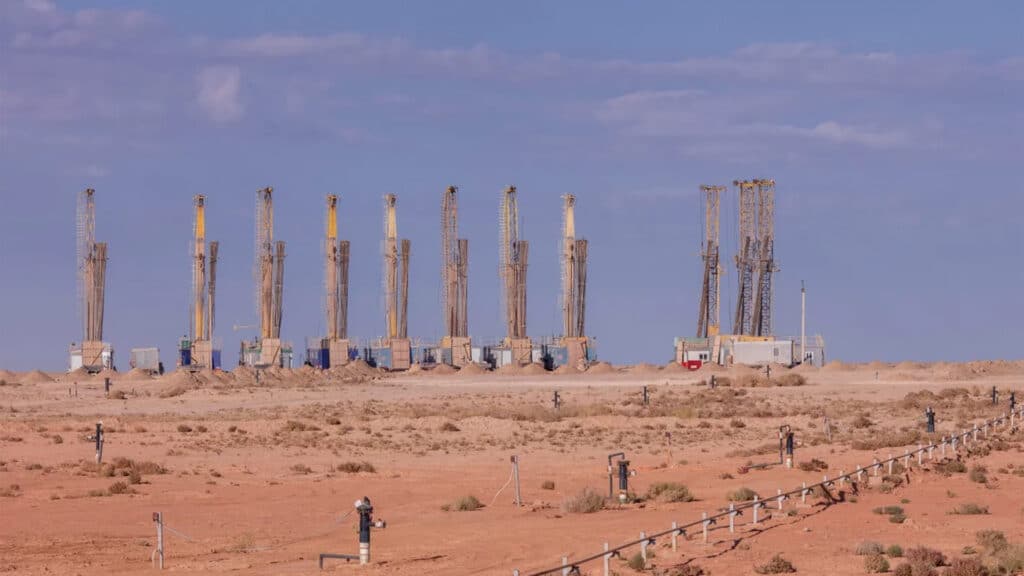
Inkai, a joint venture by Kazatomprom (60%) and Canadian Cameco (40%), has announced its plan to build an affinage facility with a capacity of 4,000 tons of uranium per year.
«This project is going to boost the output at the Inkai uranium mine by 4,000 tons of triuranium octoxide. Under the project, the construction of a new affinage facility, a power substation with a diesel generator and the reconstruction of the existing pregnant solution processing plant are expected. The project starts this year and will be over in 2025,» the joint venture said in a statement on public hearings scheduled for April 2.
The company plans to build all these new facilities in parallel with uranium production and processing. Once they are ready, these facilities will be integrated into the current utility systems and the power grid. Inkai is going to use artesian water for its production processes and bring drinking water for workers in bottles. Even though the company hasn’t revealed any financial details, the project will be completed within the next 18 months.
The project is expected to be implemented within the existing mine that occupies 240.79 square kilometers and is located 10 kilometers away from the Taykonyr village of the Sozak District in the Turkestan region of Kazakhstan. The affinage facility will be in operation until 2045 when the Inkai mine expires. The affinage facility will be equipped with advanced equipment from Cameco. The facility is expected to produce 4,000 tons of uranium if it works 311 days per year or 7,450 hours.
To produce uranium at the Inkai mine, the joint venture relies on in-situ leaching that involves leaving the ore where it is in the ground and recovering the minerals from it by dissolving them and pumping the pregnant solution to the surface where the minerals can be recovered. Consequently, there is little surface disturbance and no tailings or waste rock generated. After extracting and refining the uranium, the company produces yellowcake, a type of uranium concentrate powder obtained from leach solutions.
As of January 1, 2023, there were 127,000 tons of uranium in the mine’s ore reserves (the total amount of mineral resources including reserves of 148,000 tons of uranium), according to the company.
Overall, Inkai consists of four sites. Site #1 is the processing plant; sites #2 and #3 are production facilities and site #4 is a camp for 745 workers.
According to Cameco, the Inkai mine produced 3,192 tons of uranium last year as the company faced some difficulties linked with reagent supply and well drilling.
In January 2024, Kazatomptom, which is one of the leaders in the global uranium market, said that it could lower its production plant for 2024 due to a lack of sulfuric acid, a key component for in-situ leaching, in open markets. At the same time, the company reassured its customers that it would deliver its current arrangements. As of yearend 2023, Kazatomprom reported $3.1 billion in revenue (+43%) compared to just a 20% increase in the uranium price.






